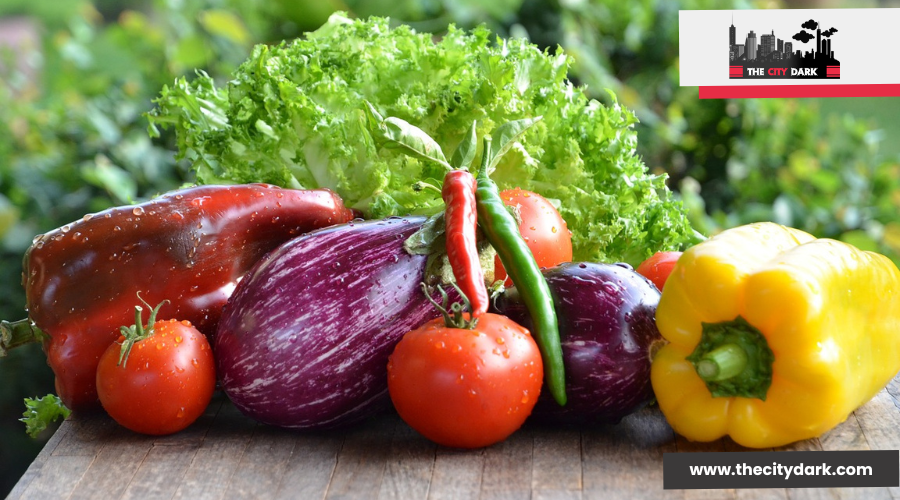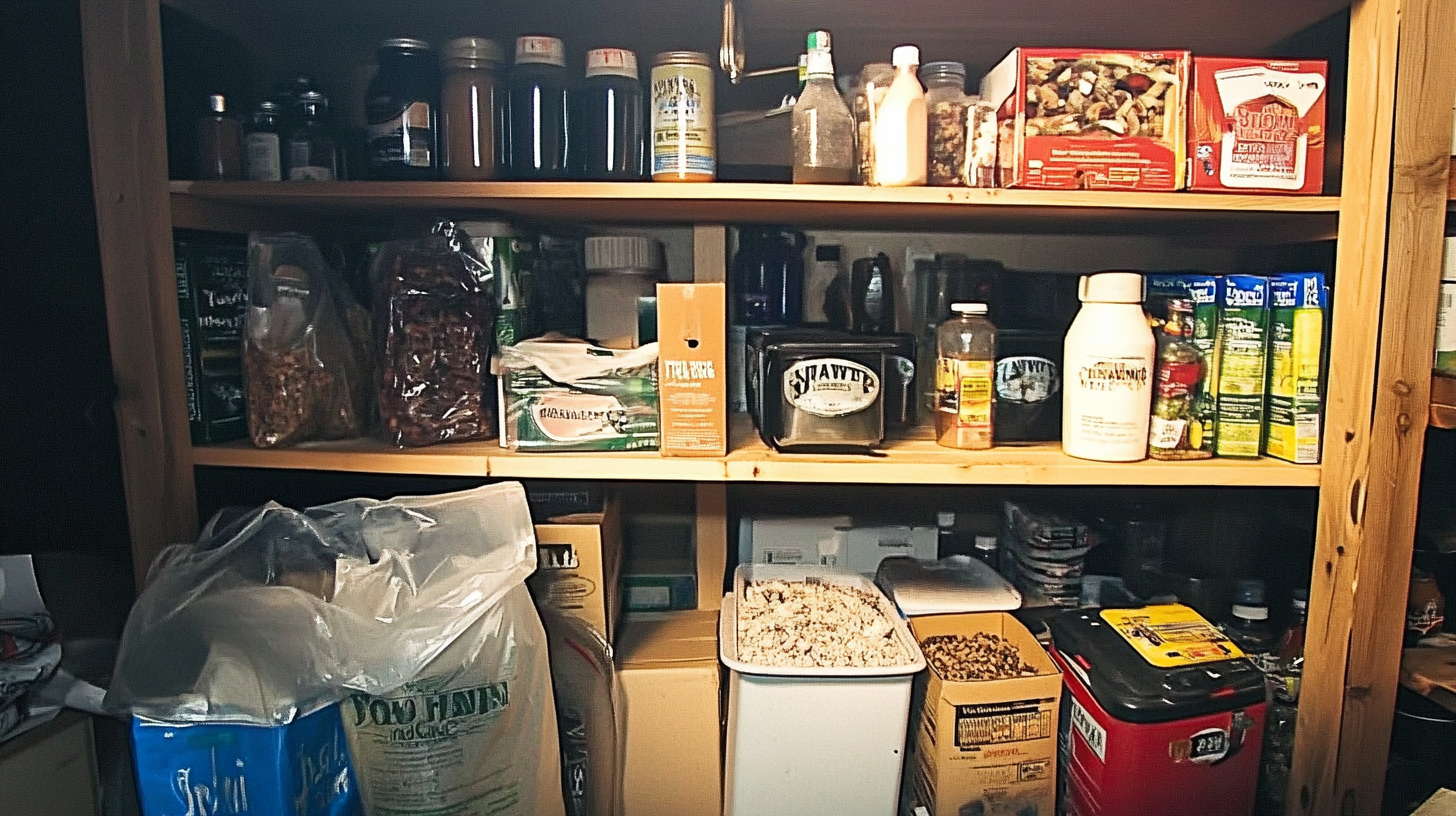How to Preserve Vegetables For Survival Needs

In today's world, we are accustomed to the convenience of modern food preservation methods like refrigerators and freezers, which are readily available in most homes. A quick trip to the nearest grocery store allows us to purchase fresh produce with ease. However, imagine a scenario where these conveniences are unavailable—perhaps during a power outage, an extended camping trip, or a survival situation in the wilderness. In such cases, knowing how to preserve vegetables without modern technology can be a crucial skill.
Whether you're planning a long hike into the mountains or find yourself in a survival situation, understanding traditional food preservation methods can help you extend the shelf life of fresh produce, ensuring you have a reliable food supply even when resources are limited. Here are some effective techniques for preserving vegetables for survival:
1. Freezing

Freezing is one of the oldest methods of food preservation and can be highly effective in colder climates or during the winter months. Natural freezing involves using ice or snow to keep food at low temperatures, thereby slowing bacterial growth and decomposition.
- How to Freeze Vegetables Naturally:
- Location: Identify a location with consistent freezing temperatures, such as a shaded area near a body of water where you can collect ice.
- Ice Storage: Create an ice house by insulating ice or snow with materials like wool, sawdust, or straw to slow down melting.
- Preparation: Clean and chop vegetables into manageable pieces. Blanching (briefly boiling and then cooling in ice water) can help preserve flavor and color, although this may not be feasible in all situations.
- Storage: Place vegetables in sealed containers or bags and bury them in the ice storage area, ensuring they remain below 30 degrees Fahrenheit.
2. Dehydration
Dehydration is a versatile and space-efficient method for preserving food. By removing moisture, you inhibit bacterial growth and extend the shelf life of your produce. This method is especially useful in dry, sunny climates.
- Steps for Solar Drying:
- Select Vegetables: Choose ripe vegetables that are in good condition. Wash them thoroughly to remove dirt and bacteria.
- Preparation: Trim away any bruised or damaged areas, then slice the vegetables into thin, uniform pieces (about a quarter-inch thick) to ensure even drying.
- Drying Setup: Arrange the slices on a clean surface, such as a mesh screen or a cloth, in direct sunlight. The area should have good airflow to facilitate drying and deter insects.
- Monitoring: Check the vegetables regularly, turning them if necessary to ensure they dry evenly. Most vegetables will take several hours to a few days to dry completely, depending on the weather and humidity levels.
- Storage: Once dried, store the vegetables in airtight containers to prevent moisture reabsorption.
3. Fermentation

Fermentation is an ancient technique that not only preserves vegetables but also enhances their nutritional value through the development of beneficial bacteria.
- How to Ferment Vegetables:
- Select Vegetables: Cabbage, cucumbers, and carrots are popular choices for fermentation.
- Preparation: Clean and chop the vegetables into desired sizes.
- Brine Solution: Create a saltwater brine (typically 2-3% salt by weight) to submerge the vegetables completely, preventing exposure to air and promoting the growth of lactic acid bacteria.
- Fermentation Vessel: Use a glass jar or a food-safe container with a lid. Place a weight on top of the vegetables to keep them submerged.
- Fermentation Time: Allow the vegetables to ferment at room temperature for several days to weeks, depending on your taste preference. Taste periodically until the desired flavor is reached.
- Storage: Once fermented, transfer the jars to a cool, dark place to slow the fermentation process.
4. Pickling

Pickling is another effective method that involves immersing vegetables in an acidic solution, usually vinegar, which inhibits bacterial growth and preserves the produce.
- Pickling Process:
- Choose Vegetables: Select fresh vegetables like cucumbers, onions, or peppers.
- Preparation: Wash and cut the vegetables into pieces or slices.
- Pickling Brine: Boil a mixture of vinegar, water, and salt, adding spices such as dill, mustard seeds, or garlic for flavor.
- Packing: Place the vegetables into sterilized jars and pour the hot brine over them, leaving some headspace. Seal the jars tightly.
- Storage: Allow the jars to cool at room temperature, then store them in a cool, dark place.
5. Salting
Salting is a traditional method that involves covering vegetables with salt to draw out moisture and create an environment inhospitable to bacteria.
- Salting Method:
- Prepare Vegetables: Clean and slice the vegetables into thin pieces.
- Salting Process: Layer the vegetable slices with salt in a container, ensuring that each layer is thoroughly coated.
- Pressing: Weigh down the vegetables with a heavy object to extract moisture.
- Storage: Keep the container in a cool, dry place. Salted vegetables can be rinsed and rehydrated before use.
Tips for Successful Preservation

- Label Your Preserves: Always label your preserved vegetables with the date of preservation to track their shelf life.
- Inspect Regularly: Check stored vegetables periodically for signs of spoilage, such as mold or off-odors.
- Practice Food Safety: Use clean equipment and surfaces during preparation to minimize the risk of contamination.
By mastering these preservation techniques, you can ensure a steady supply of nutritious vegetables, even in challenging situations. These methods not only provide practical solutions for food storage but also connect us to traditional practices that have sustained human populations for centuries. Whether you're planning a wilderness adventure or preparing for unforeseen emergencies, these skills can help you maintain food security and peace of mind.




